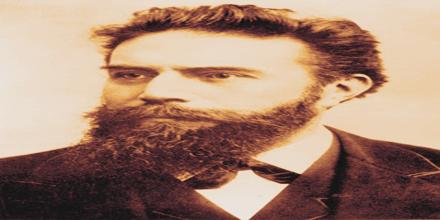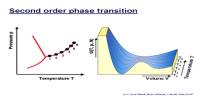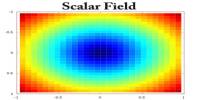Wilhelm Conrad Röntgen, Physicist and engineer was born March 27, 1845, Lennep, Rhine Province, German Confederation. In 1862 he entered a technical school at Utrecht, where he was however unfairly expelled, accused of having produced a caricature of one of the teachers, which was in fact done by someone else. He then entered the University of Utrecht in 1865 to study physics. In 1869 he graduated Ph.D. at the University of Zurich, was appointed assistant to Kundt and went with him to Würzburg in the same year, and three years later to Strasbourg. In 1874 he qualified as Lecturer at Strasbourg University and in 1875 he was appointed Professor in the Academy of Agriculture at Hohenheim in Württemberg. In 1876 he returned to Strasbourg as Professor of Physics, but three years later he accepted the invitation to the Chair of Physics in the University of Giessen. Röntgen’s original paper, “On A New Kind Of Rays” (Über eine neue Art von Strahlen), was published on 28 December 1895. On 5 January 1896, an Austrian newspaper reported Röntgen’s discovery of a new type of radiation. Röntgen was awarded an honorary Doctor of Medicine degree from the University of Würzburg after his discovery. He published a total of three papers on X-rays between 1895 and 1897.
Wilhelm Conrad Röntgen: Physicist
















